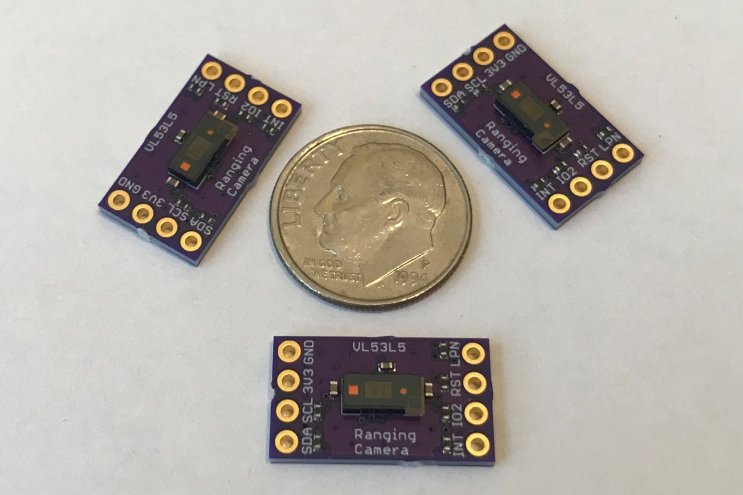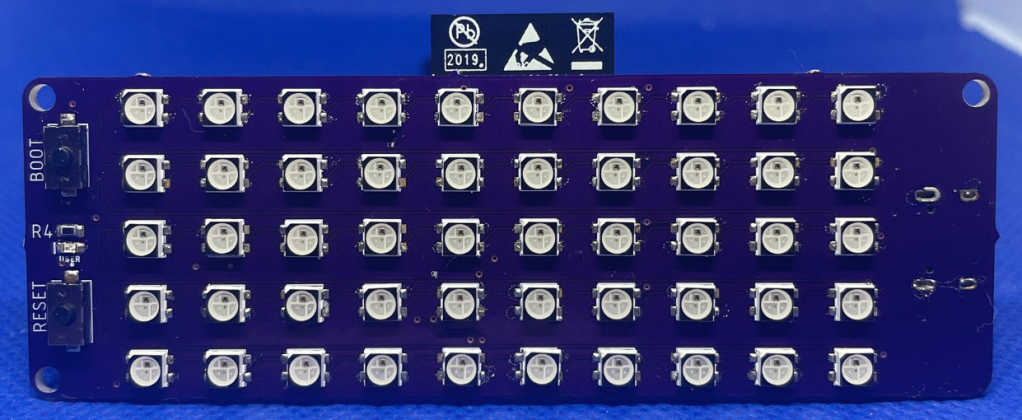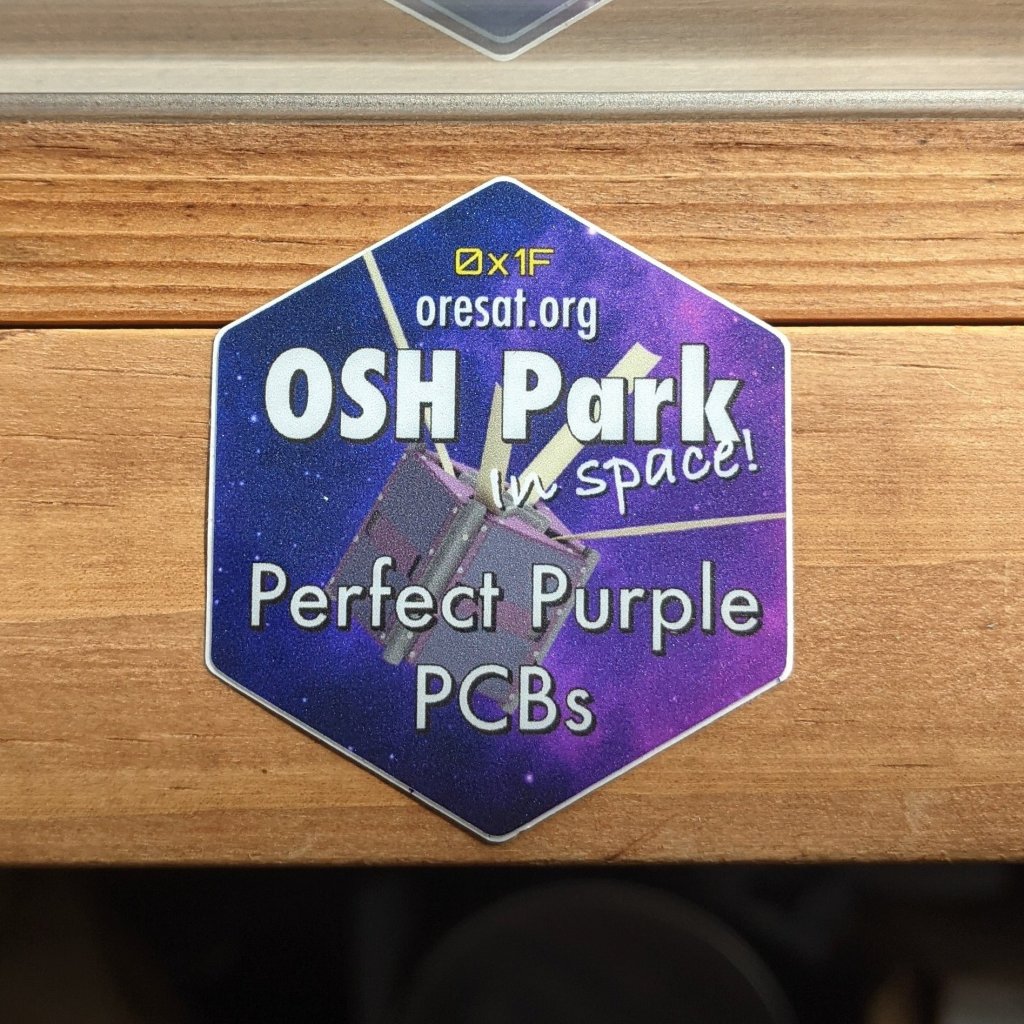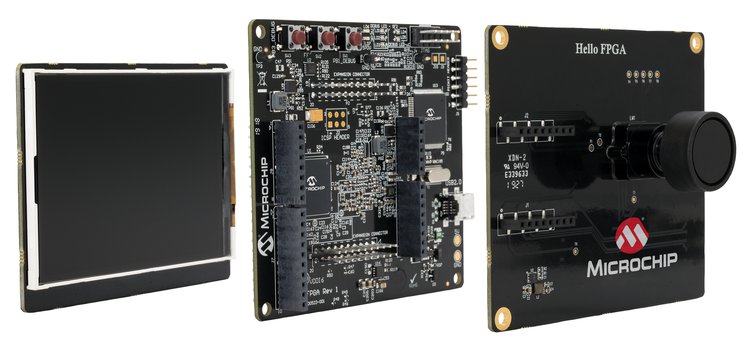
From Jeremy Cook on the Tindie blog:
Electronics have improved exponentially over the years, to the point where today we carry what not too long ago would be considered a supercomputer – plus a robust sensor and communications suite with us as a ‘phone’. Such global improvement has the trickle-down effect that we can use these leaps in technology in our own projects, including the amazing STMicroelectronics VL53L5CX time-of-flight (ToF) sensor.
This ‘sensor’, as noted in Pesky Products’ breakout board listing, might better be described as a low-res camera, since it’s able to pick up on ToF data in an 8×8 grid. This resolution is good enough for gesture recognition, pose estimation (i.e. whether one is sitting, standing, or lying down), and much more, though it is limited enough to obscure detailed identifying information.
The ranging capability of the sensor is up to 400 cm, and the field of view is conspicuously rated at 61º. This means that a full 360º view could be covered, plus just a bit more with 6 sensors arranged around a robot or device. The sensor features a few additional tricks beyond sending pure range info, including the ability to calculate ‘motion intensity’, i.e. relative velocity, for each pixel.









